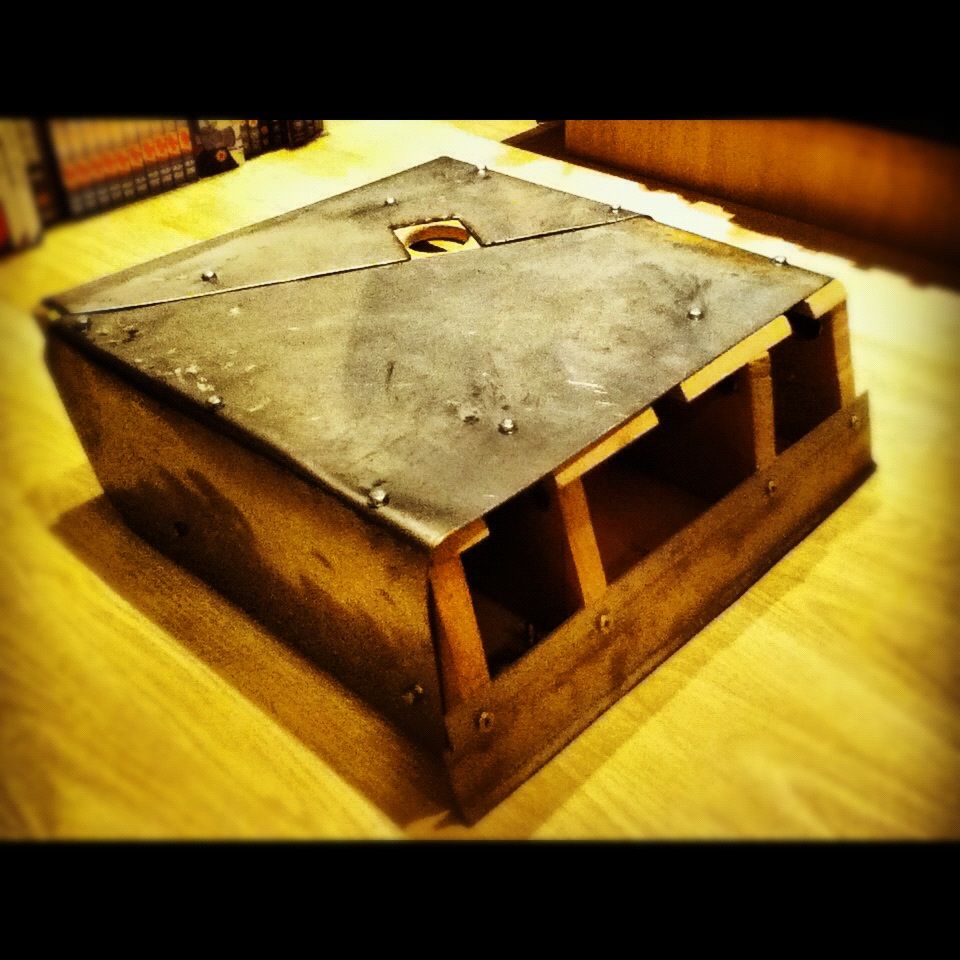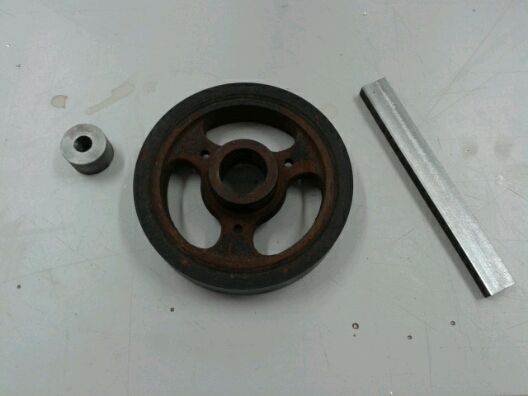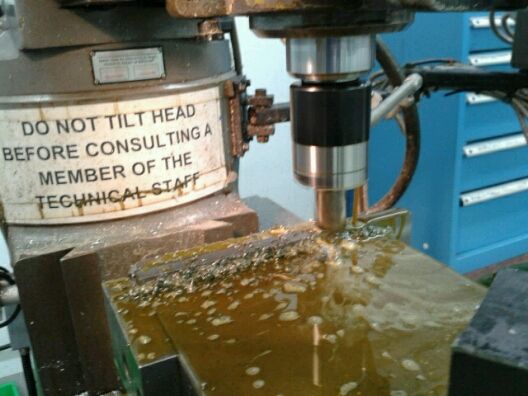i think its good to have a higher top speed than you would maybe use all the time, however you don't want it crazy so you can't control it. Plus i'm guessing you'll only be using this in the RC arena which isn't huge so i think 10mph top end would be good
- FRA
- Forum
- Robots
- Events
- Media
- What's New?
All times are GMT. The time now is 14:20.




 Reply With Quote
Reply With Quote






Bookmarks